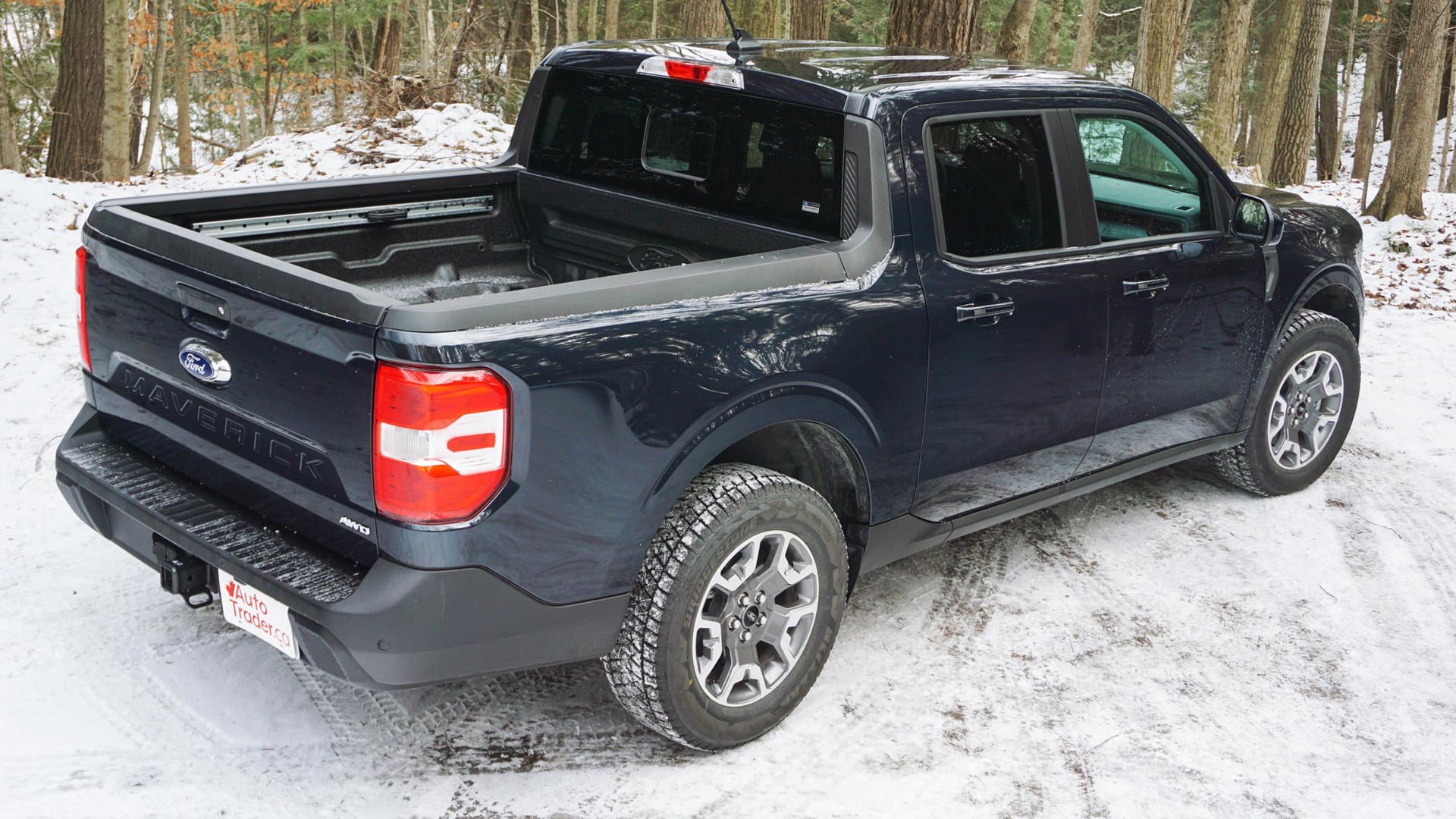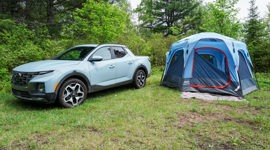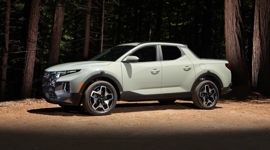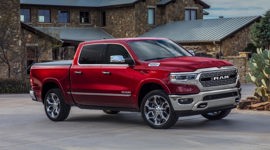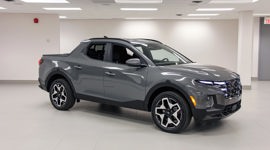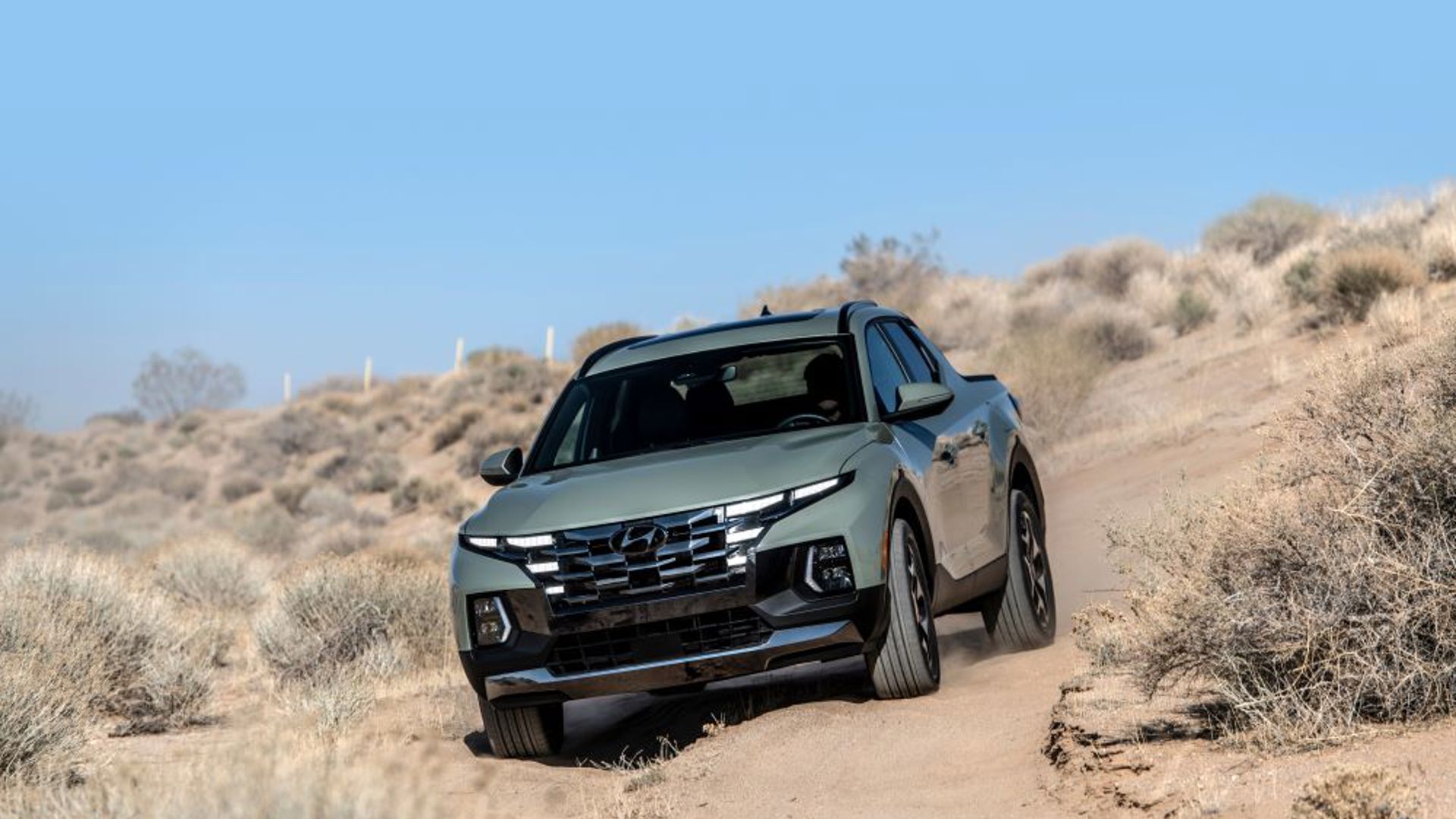The North American truck market is out of control.
It’s gone unchecked for too long, and shoppers have been snatching up half-tons in particular at an unhealthy rate. Case in point: last year, Ford sold nearly twice as many of its F-Series trucks in Canada than Toyota did RAV4s. It was just the latest in a streak of more than half a century that Ford’s truck has topped the Canadian sales charts. Let that sink in for a minute.
Whether the chicken or the egg came first is almost beside the point, although the seemingly endless stream of incentives that slash thousands from their sticker prices undoubtedly enhance the appeal of half-tons to those that probably don’t need them in the first place. For years now, trucks have been treated like an all-you-can-eat buffet instead of à la carte or table d’hôte. Rather than finding satisfaction from what’s needed, too many truck buyers are stuffing their proverbial plates with mounds of, well, everything – and all because it costs about the same.
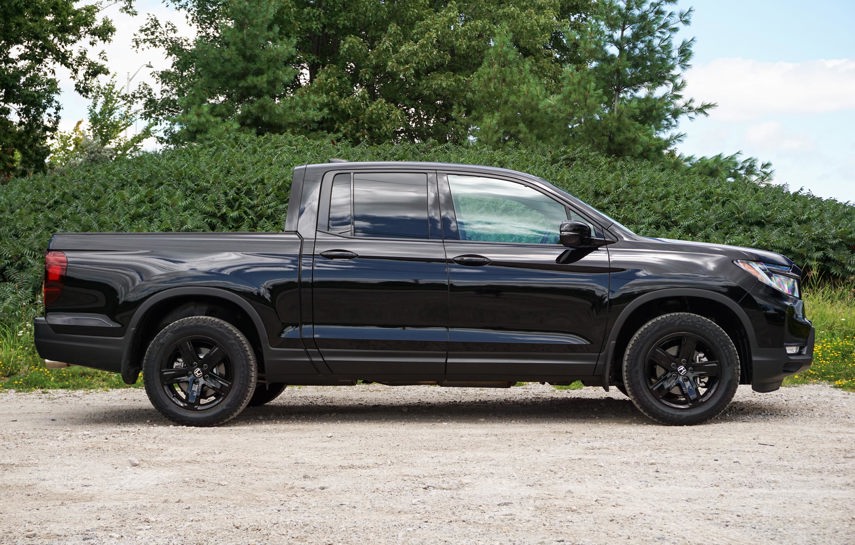
So it’s time for a fundamental shift in the way we look at pickups. No longer is the approach of comparing the cost of full-size trucks to smaller ones an acceptable practice (it never really was, anyway). It’s logic that’s applied almost exclusively to trucks, it seems – otherwise, minivans would still reign supreme amongst family haulers – and it’s time for it to end.
For starters, don’t forget that there’s more to value than upfront cost. More than maximizing how much physical truck can be had for the money, it should be about what makes the most sense. Unless you’re a contractor (and even if you are), sticking with something smaller is going to be just plain easier to live with, from driving to parking and everything in between. They also burn considerably less gas – especially the new class of compacts being championed by Hyundai and Ford.
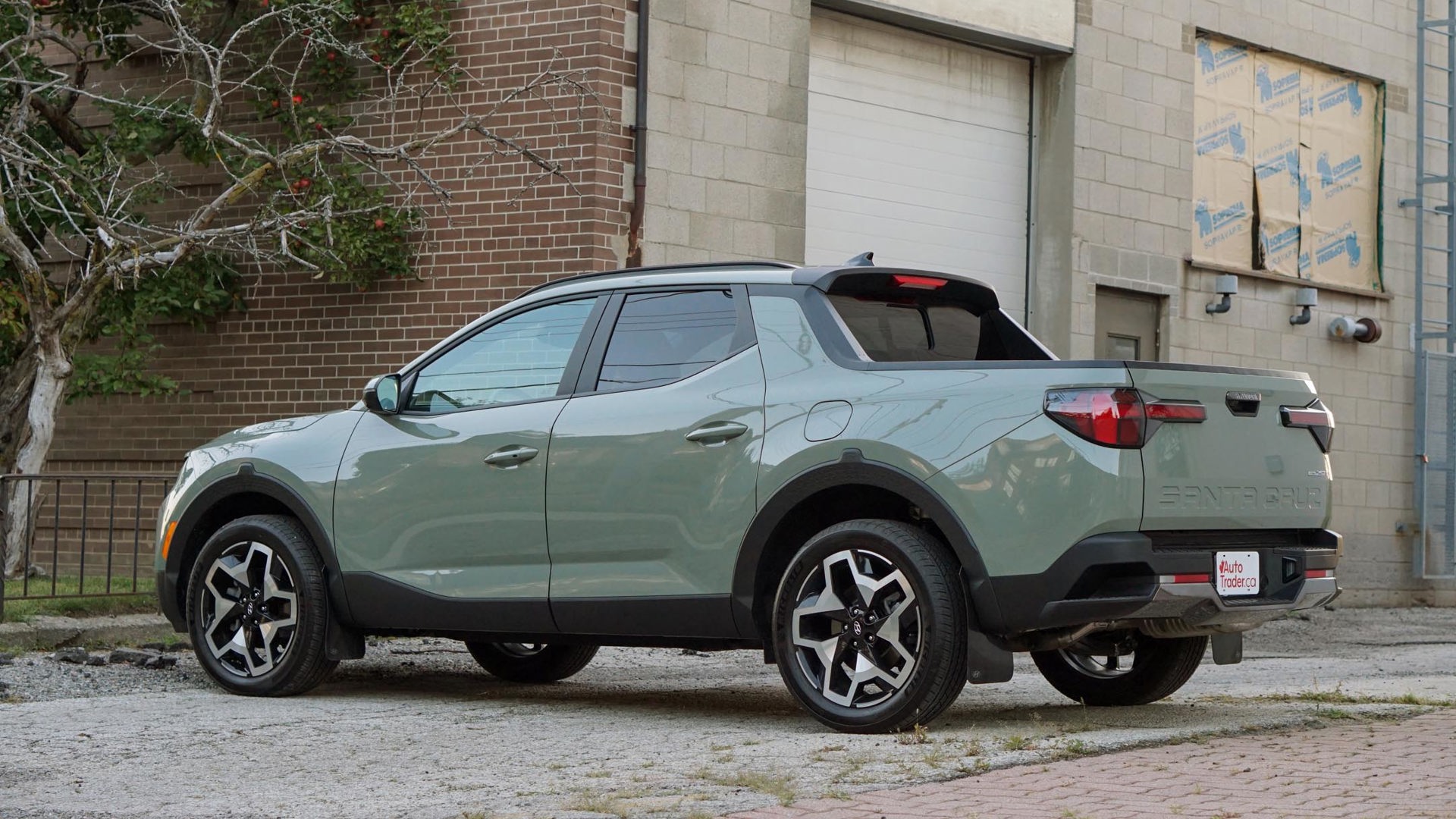
Even with its midsize-like engine output, the sleek and stylish Hyundai Santa Cruz is rated to return combined consumption of 10.6 L/100 km – not bad by truck standards. Making that number even more impressive is the on-demand all-wheel drive system that’s standard in Canada. While a truck like the tried-and-true Toyota Tacoma is capable of similar results, that’s the case when powering the rear wheels rather than all four of them. Spinning the transfer case dial into four-wheel drive is a quick way to increase fuel consumption (it also lacks an automatic setting).
The Ford Maverick returns even better results, with a combined rating of 9.6 L/100 km with its 2.0L turbocharged gas engine and all-wheel drive – a number that drops to an astonishing 6.3 L/100 km with the powertrain swapped for its standard hybrid one (although that setup isn’t offered with all-wheel drive at the moment). That’s compact car-like efficiency, all while offering 680 kg (1,500 lb) of payload and 907 kg (2,000 lb) of towing capacity.
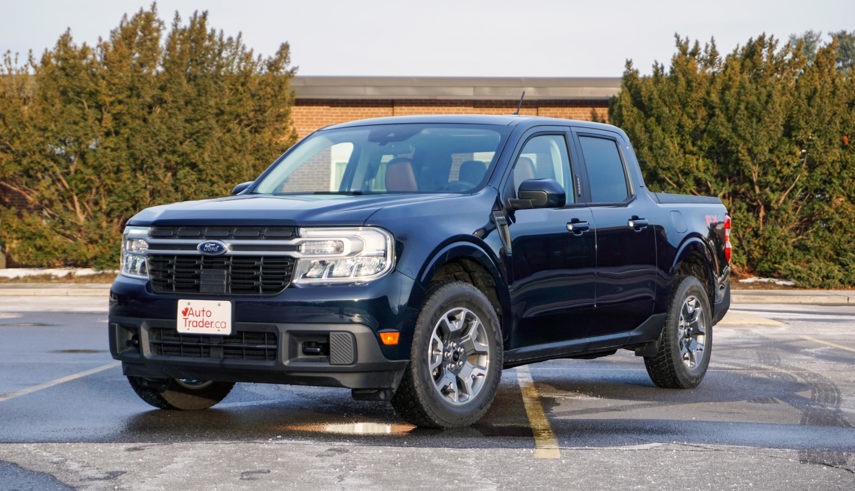
Should that kind of efficiency not jive with the kind of truck stuff you have planned, the gas-only Maverick has the same payload to go with an available tow rating of 1,814 kg (4,000 lb), while the Santa Cruz can pull 2,268 kg (5,000 lb), according to Hyundai. Those numbers are a far cry from what full-size trucks are capable of, but they’re respectable enough for a small boat or camper trailer, or for hauling a load of trash to the local dump.
Beyond their respectable capabilities, these compact pickups are cleverly packaged, not to mention brimming with the kind of character that’s missing from their larger contemporaries. Even midsize trucks, which are at least a step in the right direction in terms of their dimensions, have the same work-first roots as their larger siblings, whereas the Maverick and Santa Cruz feel special first and foremost. Creative interior configurations and a cool mix of materials and colours all combine to make both of these compacts interesting inside.
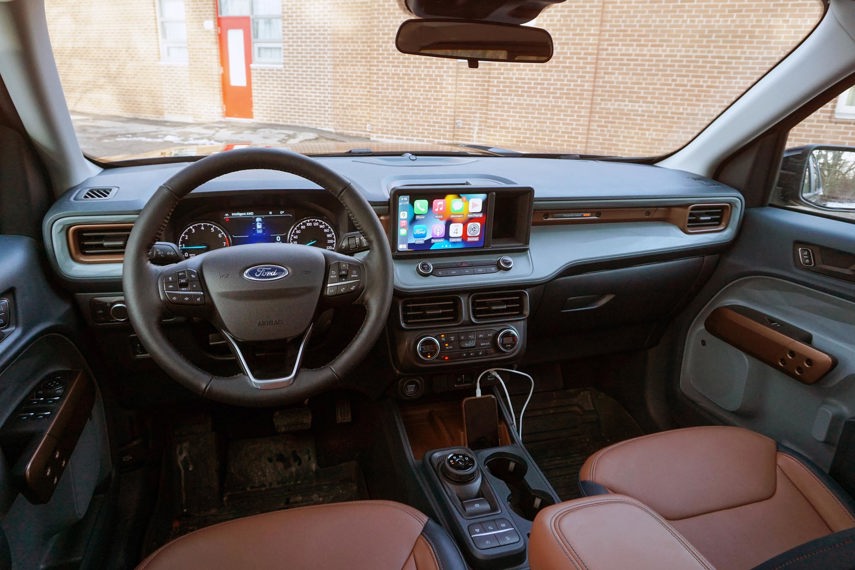
Of course, none of that creativity makes up for the small footprints these trucks have; but then it’s hard to ignore the number of half-tons out there occupied by the driver alone the vast majority of the time. Using 2,200 kg (4,850 lb) of sheet metal to shuttle yourself around everyday for the rare occasion that it comes in handy doesn’t seem especially logical now, does it? Again, it’s about changing the very way we view trucks in the first place. Big ones like the Ford F-150 and Ram 1500 are specialty tools masquerading as more than that. Peel back the leather upholstery and premium stereos, however, and what you’re left with is more than you need most of the time.
No one is telling you that you shouldn’t own a truck. Instead, it’s about owning as much as you need and nothing more. A pickup that fits in the average parking garage, burns as much gas as a small car, and has an open bed and decent towing and payload capacities is probably all the truck the average shopper needs, anyway.
